Optimal Timing for Foundation Repairs
Timing is an important factor when considering foundation repairs. The optimal time depends on weather conditions, soil stability, and the severity of the issue. Conducting repairs during moderate weather can help ensure proper curing and adherence of materials, reducing the risk of future problems.
Spring offers mild temperatures and moderate moisture levels, ideal for foundation repairs. Soil is typically more stable, reducing the risk of shifting during repairs.
Summer can be suitable if the weather is dry. However, excessive heat and drought conditions may cause soil to shrink, increasing stress on the foundation.
Fall provides cooler temperatures and consistent moisture, which can be beneficial for repair materials to set properly before winter.
Winter is generally less ideal due to freezing temperatures and potential for frost heave, which can complicate repair efforts and affect soil stability.
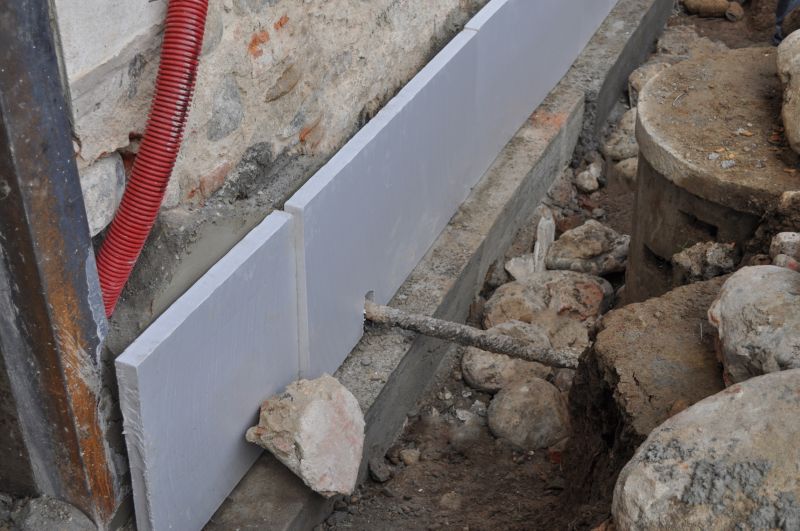
Springtime offers optimal conditions for foundation stabilization and repair work.
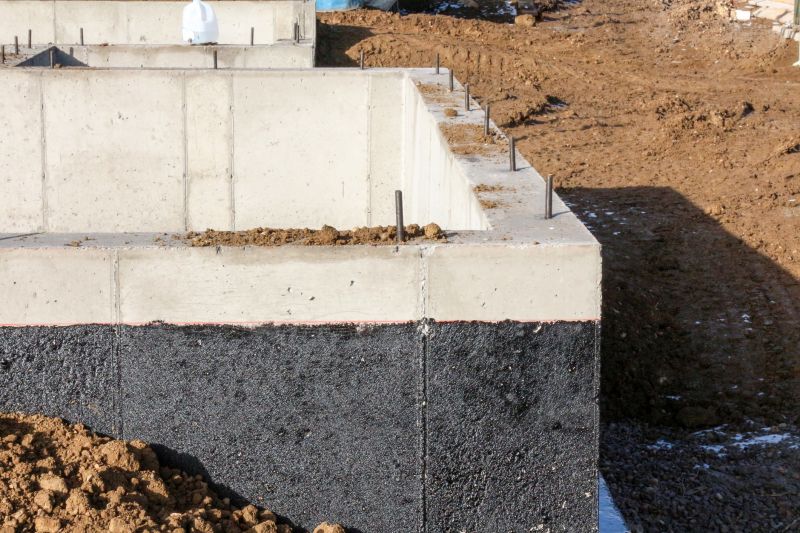
Summer repairs require careful planning around weather conditions to prevent delays.
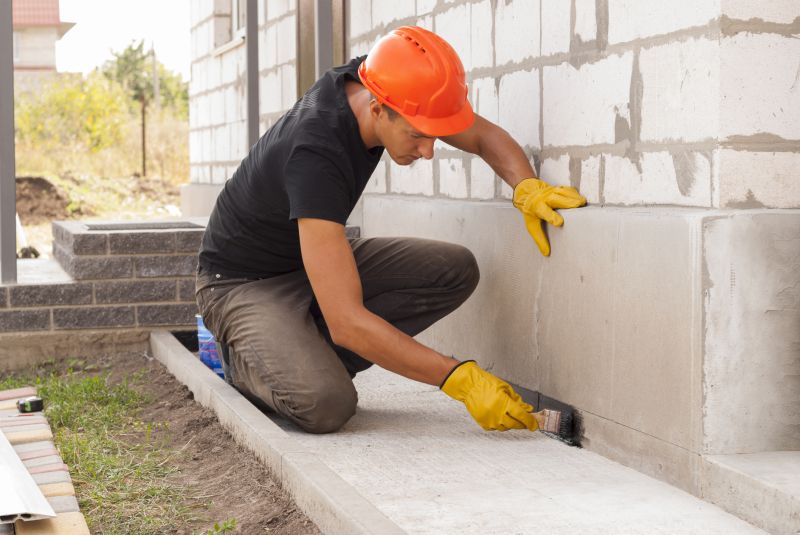
Fall provides favorable weather for effective foundation repair projects.

Ways to make Foundation Repairs work in tight or awkward layouts.
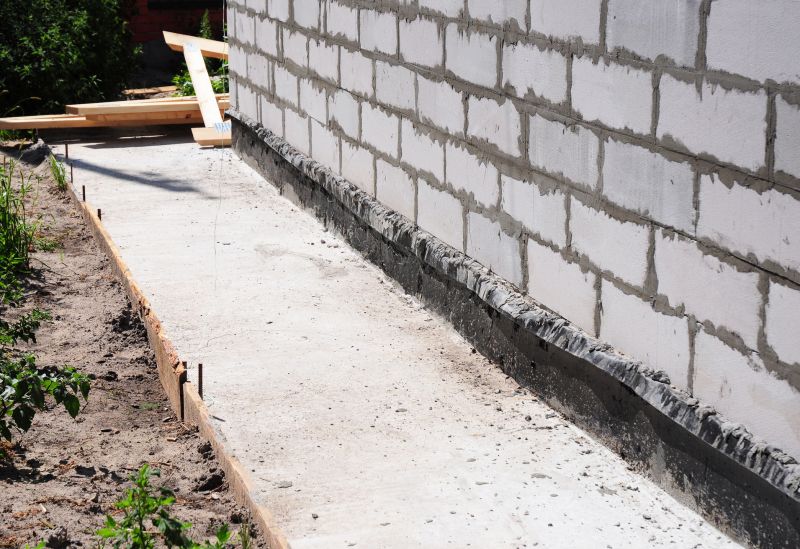
Popular materials for Foundation Repairs and why they hold up over time.

Simple add-ons that improve Foundation Repairs without blowing the budget.
| Season | Best Conditions |
|---|---|
| Spring | Moderate temperatures, stable soil, ideal for repairs |
| Summer | Dry weather preferred; avoid extreme heat |
| Fall | Cool temperatures, consistent moisture |
| Winter | Frost, freezing temperatures, generally unsuitable |
Foundation repairs are crucial for maintaining structural integrity and preventing further damage. Addressing issues promptly can help avoid costly repairs in the future. Common signs indicating the need for repairs include uneven floors, cracked walls, and sticking doors or windows. The right timing can improve the effectiveness and longevity of repair work, making it essential to consider seasonal factors and soil conditions.
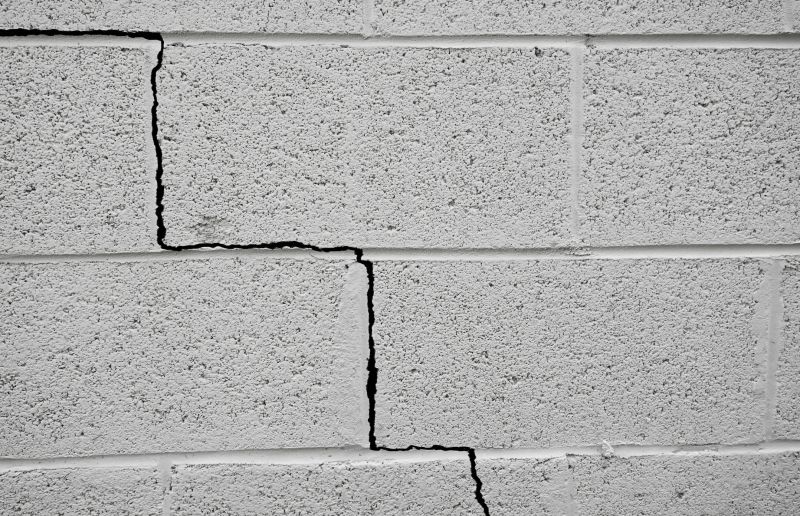
Visible cracks may indicate shifting or settling issues.
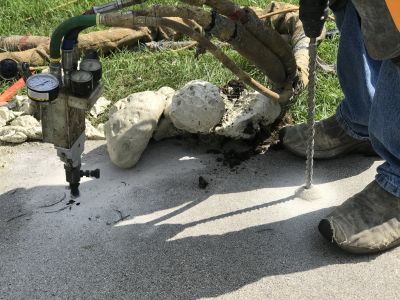
Specialized tools and machinery are used for effective repairs.
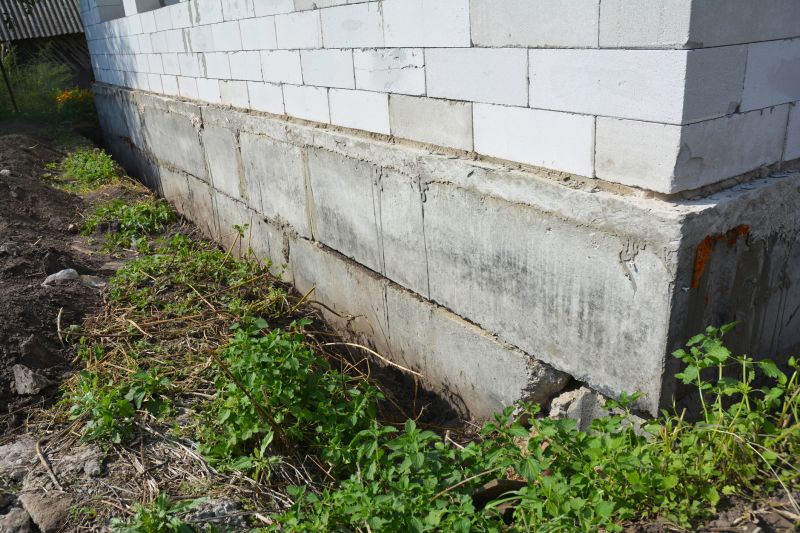
Visual comparison shows the impact of professional foundation work.
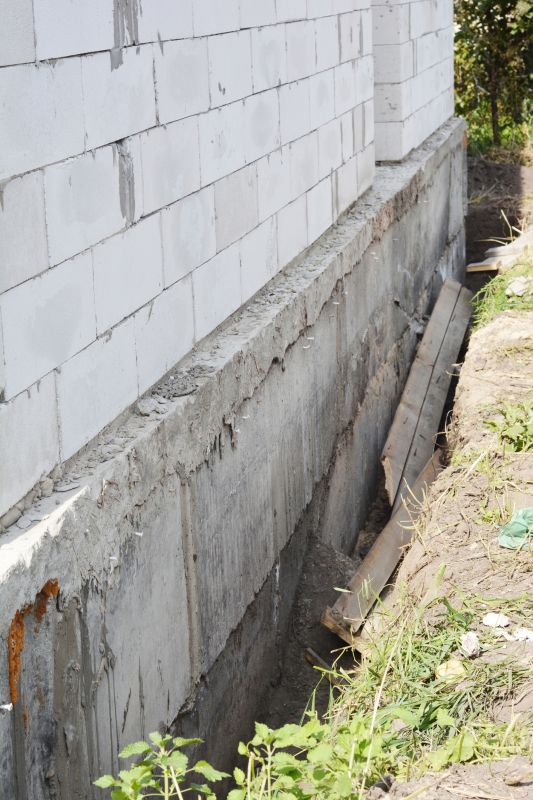
Soil stabilization techniques are often part of foundation repair.

High-end options that actually feel worth it for Foundation Repairs.
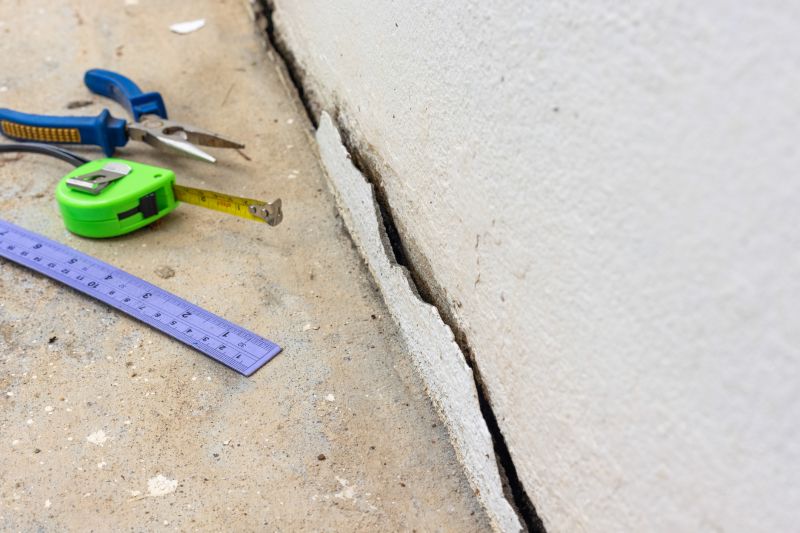
Finishes and colors that play nicely with Foundation Repairs.
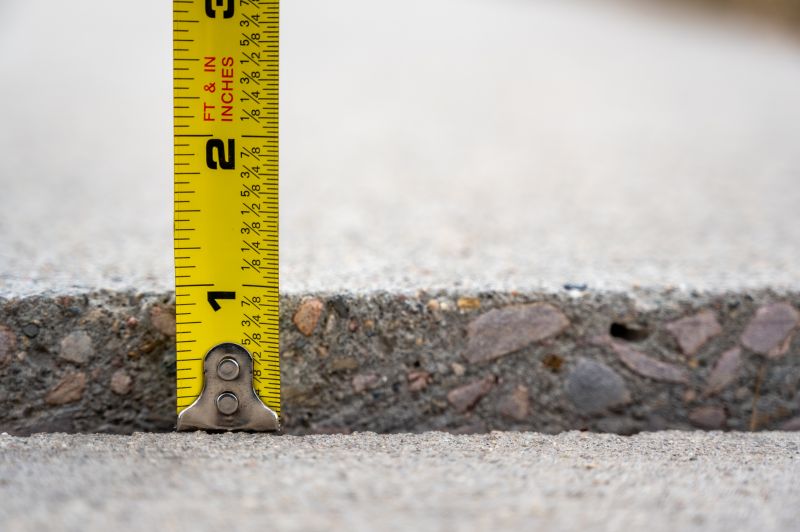
Little measurements that prevent headaches on Foundation Repairs day.
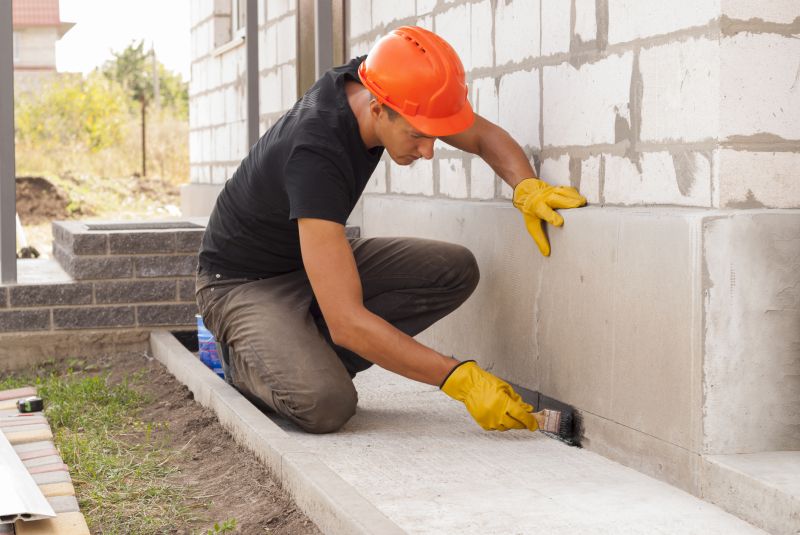
A 60-second routine that keeps Foundation Repairs looking new.
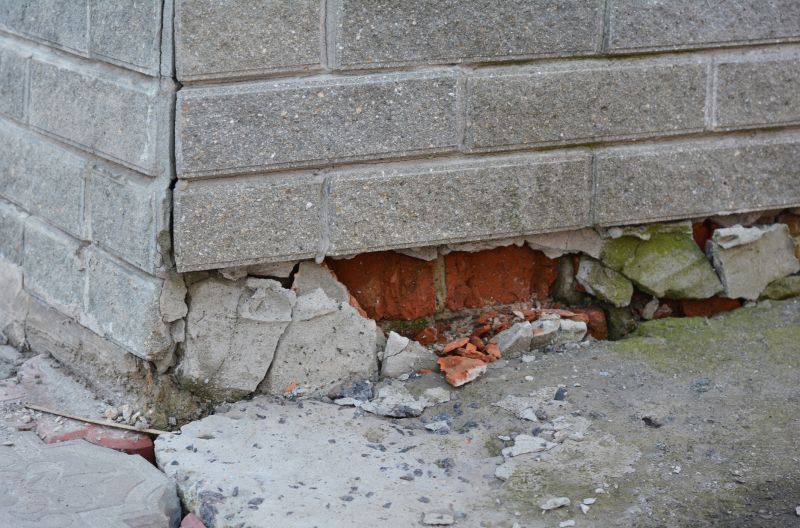
A frequent mistake in Foundation Repairs and how to dodge it.
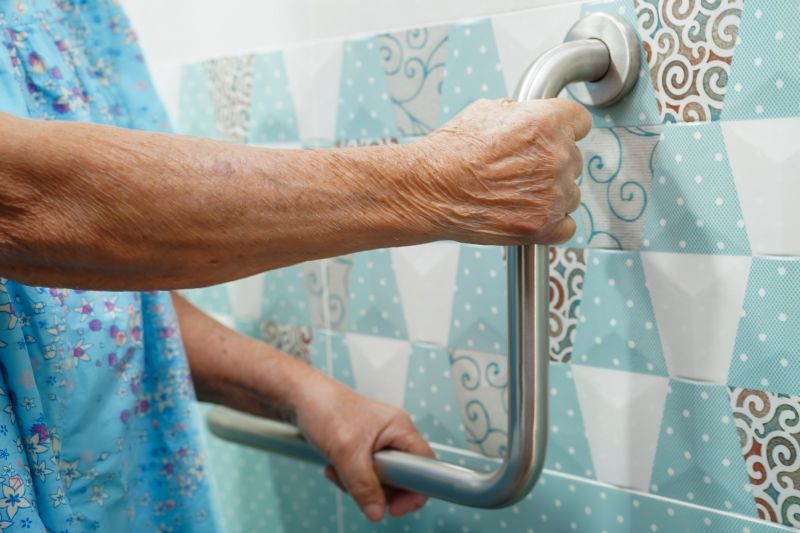
Small tweaks to make Foundation Repairs safer and easier to use.
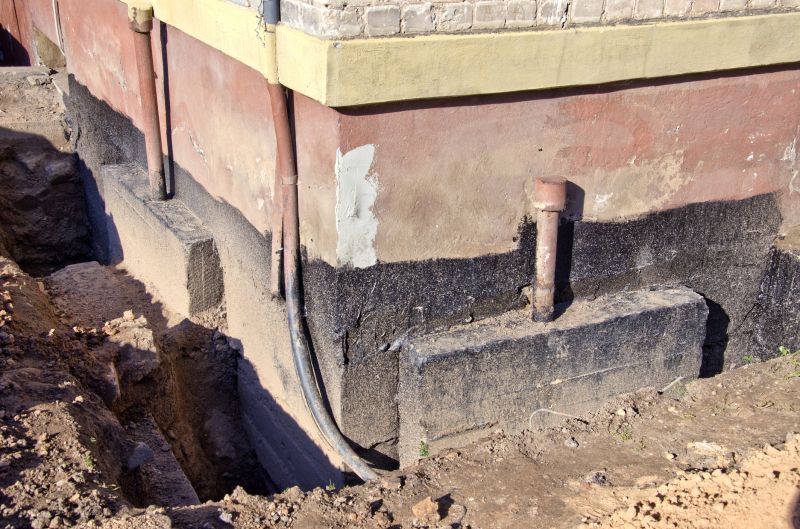
Lower-waste or water-saving choices for Foundation Repairs.
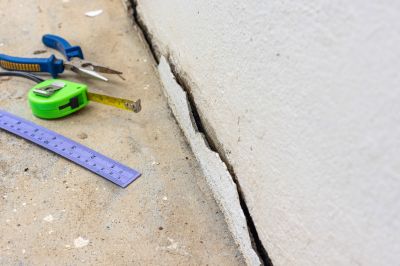
The short, realistic tool list for quality Foundation Repairs.
Timely foundation repairs can prevent further structural issues and preserve property value. It is recommended to schedule inspections when signs of foundation distress appear or after significant weather events that may impact soil conditions. Regular assessments by a foundation specialist can help identify the best time for repairs and ensure the work is performed under optimal conditions.

Professional inspection helps determine repair timing.
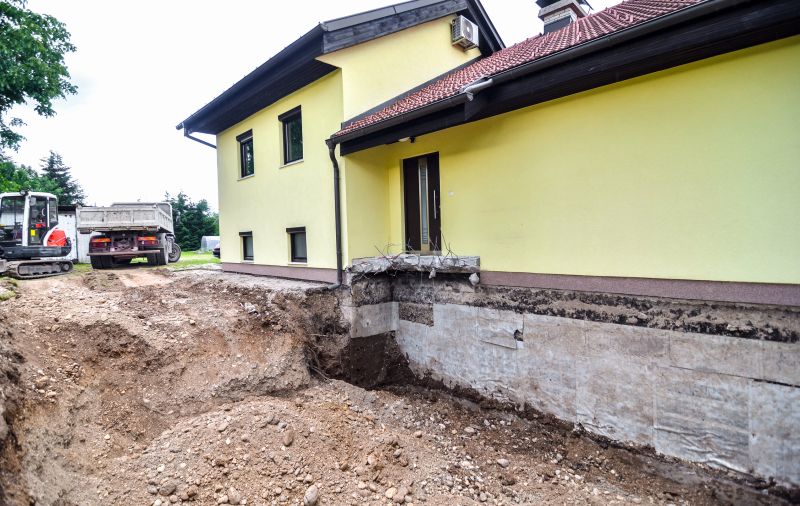
Foundation work being carried out by specialists.

Finished project restoring stability.
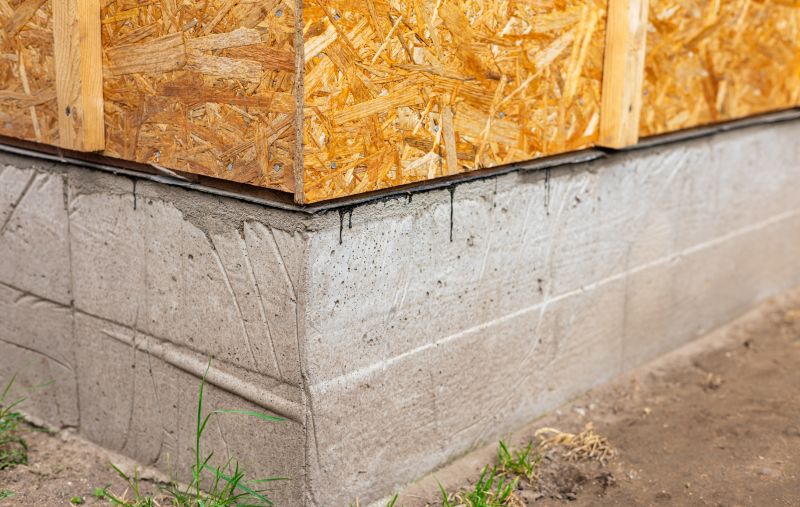
Rough timing from prep to clean-up for Foundation Repairs.
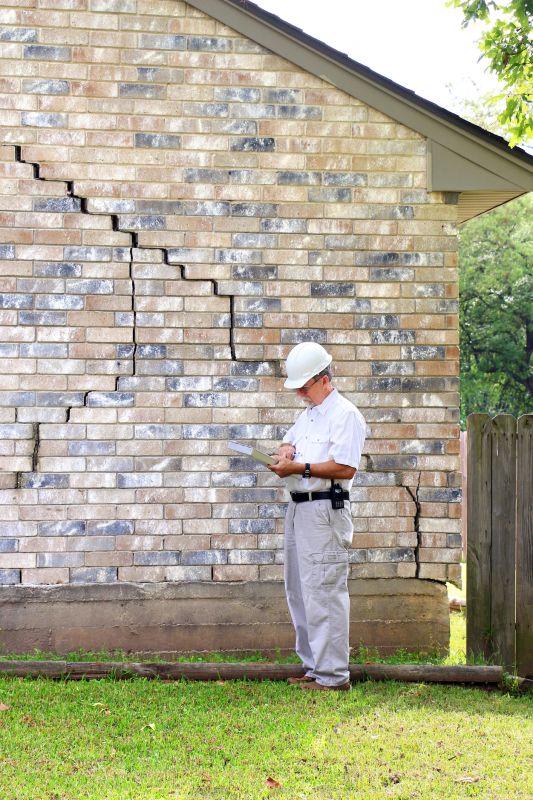
Quick checks and paperwork to keep after Foundation Repairs.
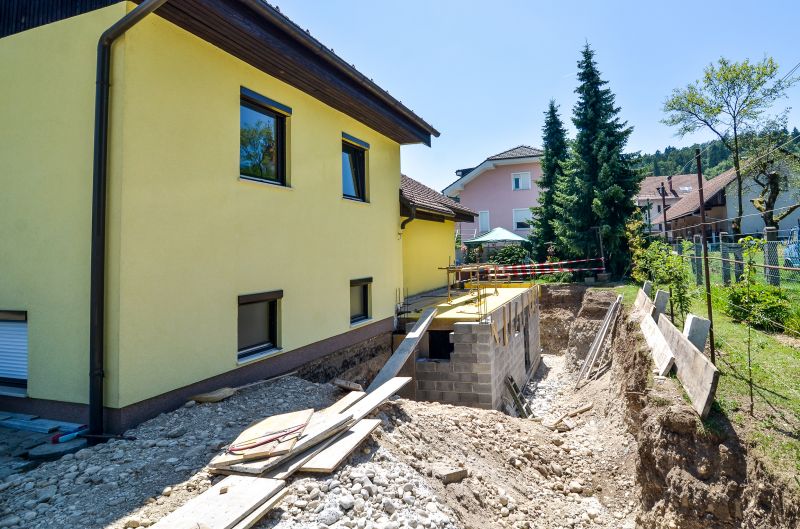
Examples that show the impact a good Foundation Repairs can make.
Those interested in foundation repairs are encouraged to contact for more information or to schedule an assessment. Proper timing and professional guidance can help maintain the safety and stability of the property over time.

